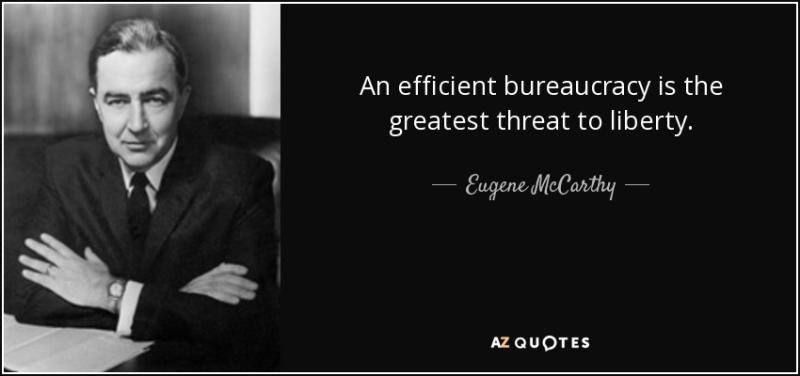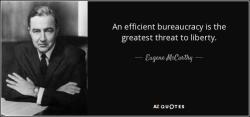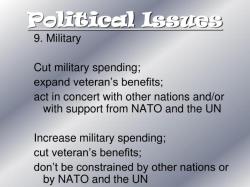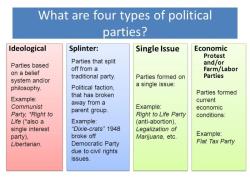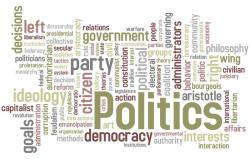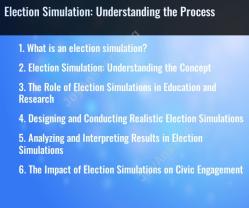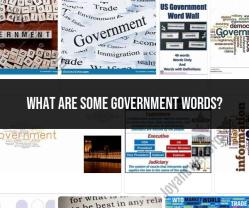What is the difference between a bureaucracy and a democracy?
Bureaucracy and democracy are two distinct forms of organizational and governance structures, each with its own set of characteristics and principles. Here are the key differences between bureaucracy and democracy:
Decision-Making Process:
- Bureaucracy: Decision-making in a bureaucratic structure is often hierarchical and centralized. Decisions are made by individuals at the top of the organizational hierarchy, and there is limited input from lower levels.
- Democracy: In a democratic system, decision-making involves the participation of the people. Citizens typically have the opportunity to express their views through voting, and decisions are often made through a majority or consensus process.
Authority and Power:
- Bureaucracy: Bureaucratic structures are characterized by a clear chain of command, with authority concentrated at the top. Power is often centralized, and decisions are implemented through established rules and procedures.
- Democracy: Democracy distributes power among the people. Elected representatives make decisions on behalf of the citizens, and the government's authority is derived from the consent of the governed.
Flexibility and Adaptability:
- Bureaucracy: Bureaucratic organizations can be characterized by a degree of rigidity. The emphasis on formal rules and procedures may hinder adaptability to changing circumstances.
- Democracy: Democracies are often more flexible and adaptable. The ability to respond to the will of the people and adjust policies through elections allows for a degree of responsiveness to changing needs.
Participation and Representation:
- Bureaucracy: Participation in decision-making is limited to those at the top levels of the hierarchy. Lower-level employees typically follow established procedures rather than actively participating in major decisions.
- Democracy: Democracy emphasizes the participation of citizens. Through elections and other democratic processes, individuals have the opportunity to choose their representatives and participate in shaping policies.
Rule of Law:
- Bureaucracy: Bureaucratic organizations operate based on formal rules and procedures. Decisions are expected to adhere to established guidelines, ensuring consistency and predictability.
- Democracy: Democracies also operate under the rule of law, but the legal framework is often influenced by the will of the people as expressed through democratic processes.
Accountability:
- Bureaucracy: Bureaucratic structures emphasize accountability through the hierarchy. Those at each level are accountable for their assigned tasks and decisions.
- Democracy: Accountability in a democracy is often through regular elections. Elected officials are accountable to the electorate, and voters can express their approval or disapproval through the ballot.
Citizen Rights:
- Bureaucracy: Bureaucratic structures may prioritize efficiency over individual rights. Decision-making is often based on organizational goals rather than individual liberties.
- Democracy: Democracies emphasize individual rights and freedoms. Protecting the rights of citizens is a fundamental principle, and democratic institutions work to ensure the protection of civil liberties.
While these differences highlight key distinctions between bureaucracy and democracy, it's important to note that elements of both can coexist in various forms of governance and organizational structures. Many modern governments and organizations incorporate democratic principles within bureaucratic frameworks to achieve a balance between efficiency and citizen participation.
Contrasting the characteristics of a bureaucracy and a democracy
Bureaucracy and democracy, while operating within the same societal framework, exhibit vastly different characteristics. Here's a comparison to highlight their contrasts:
Structure and Decision-Making:
- Bureaucracy: Hierarchical, top-down decision-making structure. Decisions flow from higher levels to lower levels, with limited input from those affected.
- Democracy: Relatively flat structure, where decisions are made through representatives chosen by the people. Public participation and debate are encouraged.
Rules and Procedures:
- Bureaucracy: Relies heavily on formal rules, regulations, and procedures. Following these is paramount, even if it hinders flexibility or common sense.
- Democracy: While laws and regulations exist, there's more room for interpretation and adaptation based on evolving situations and public opinion.
Focus and Goals:
- Bureaucracy: Primarily concerned with efficiency, order, and maintaining the status quo. Adherence to rules and procedures takes precedence over individual needs or desires.
- Democracy: Emphasizes citizen participation, individual rights, and responsiveness to public needs. Achieving a balance between the majority and minority voices is crucial.
Accountability and Transparency:
- Bureaucracy: Accountability often rests with higher-level officials, making it difficult to pinpoint individual responsibility. Transparency can be limited due to internal protocols and red tape.
- Democracy: Publicly elected officials are accountable to the people, who can vote them out if dissatisfied. Transparency is generally encouraged, with access to information and public scrutiny of decisions.
Strengths and Weaknesses:
- Bureaucracy: Strengths lie in its predictability, stability, and potential for efficient execution of routine tasks. Weaknesses include inflexibility, slowness to adapt, and potential for bureaucratic inertia.
- Democracy: Strengths lie in its responsiveness to public will, fostering citizen engagement and promoting individual rights. Weaknesses can include slow decision-making, susceptibility to populism, and potential for gridlock due to differing interests.
Overall:
Bureaucracy and democracy represent contrasting approaches to achieving order and governance. While bureaucracy prioritizes efficiency and stability through established rules, democracy focuses on public participation and responsiveness to individual needs. Both have their strengths and weaknesses, making them suitable for different contexts and purposes.
Understanding these contrasts helps us appreciate the complexities of governance and the delicate balance between order, efficiency, and individual rights within a society.
